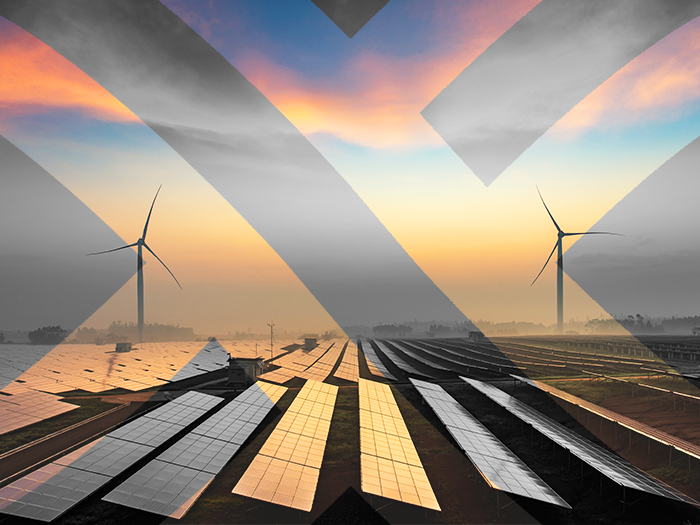Insights
better business decisions
Posted 3 years ago | 4 minute read

Australia plans for “once-in-a-century” transformation of the energy market
Work must begin urgently on five big transmission projects if Australia’s main power grid is to succeed in its “once-in-a-century transformation” off fossil fuels, the market operator has said.
The latest Integrated System Plan (ISP), published on 30 June by the Australian Energy Market Operator (AEMO), offers four main scenarios on the pathway for the National Electricity Market (NEM) to reach net zero emissions by 2050. The most likely scenario, called the “Step Change” foresees a “double transformation” where electricity demand almost doubles by 2050 while the coal plants that currently form the backbone of the grid retire faster than announced, with 60% of capacity withdrawn by the end of this decade. As a result, AEMO has estimated the that the grid would need at least 10,000km of new transmission lines to link up new renewables and storage projects under its mostly likely scenario.
The ISP’s “optimal development” pathway foresees a nine-fold increase in grid-scale wind and solar capacity, a tripling of firming capacity such as batteries, hydro and gas plants, and a near five-fold increase in rooftop solar by 2050.
The ISP’s emphasis on the development of big transmission lines reflects the need to have grid connections in the right places and in time to accommodate the required large expansion of wind and solar farms. Overall power demand will double from present levels to 320TWh a year by 2050, while Australia becoming a hydrogen exporting “superpower” would quadruple it. The key transmission projects will cost $12.7B but deliver more than double that in “net market benefits”, the ISP said.
Forecast NEM capacity to 2050, Step Change scenario

Source: AEMO
The report also notes that significant market and technical reforms are underway to manage a secure and efficient transformation to a low-emissions grid including:
- A capacity mechanism to create a clear, long-term signal for investment in both existing and new dispatchable capacity. Enhancements to Medium Term Projected Assessment of System Adequacy (MT PASA) are also in train to improve transparency of capacity which is available to the market
- Essential System Services, to progress and deliver a number of initiatives to maintain the system’s secure operation and unlock value for consumers, including system strength, frequency, operating reserve and inertia
- DER Integration to ensure these resources are coordinated and aligned with system and market signals, including through some active management for efficient operation and export
- Transmission reform and congestion management mechanism, to consider the case for a congestion management mechanism to improve market signals for generator connections. The AEMC’s Transmission Planning and Investment Review (TPIR) aims to ensure that future transmission infrastructure can be delivered in a timely and efficient manner to meet decarbonisation objectives, by proposing amendments to the existing regulatory framework to better facilitate key enablers such as social licence, an appropriate economic assessment framework including cost estimation accuracy, financeability and cost recovery. Incremental reforms will be proposed towards the end of 2022, while longer-term reforms will be proposed in 2023
GridBeyond Managing Director Mark Davis said:
“Australia is not alone in preparing for a future dominated by intermittent renewables. But the uncertain investment environment, combined with high demand, and surging international fuel prices, contributed to the unprecedented suspension of the spot power market earlier in June. This shows the importance of long-term planning for the transition.
“Australia is experiencing a complex, rapid and irreversible energy transformation and taking full advantage of the flexibility that can be harnessed from demand side assets will be crucial is keeping the costs of the transition as low as possible, while ensuring reliability of the grid.
“At GridBeyond we use machine learning and AI-powered technologies, driven by data science, that enable I&C businesses to participate in a wide range of programmes for enhanced energy automation, insights and benchmarks, savings, revenues and sustainability.”

Australia Brochure Ai. Services
Using AI and Robotic Trading combined with the expertise of our trading experts and Data Scientists, GridBeyond’s Point Ai. Services open the door for your business to take your energy strategy from passive purchasing and consumption to active energy management and trading.
Learn more





